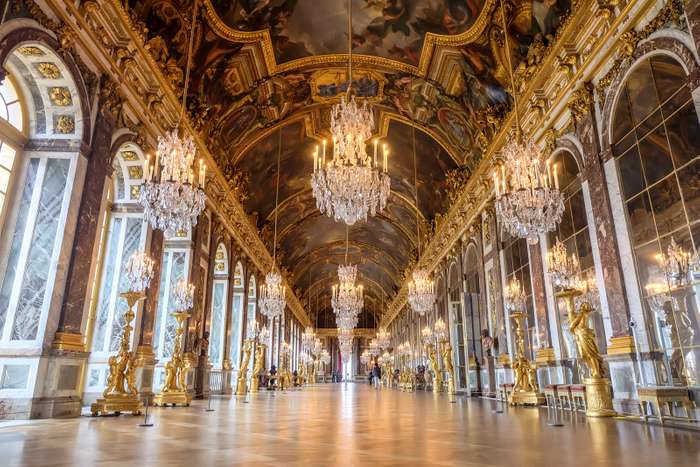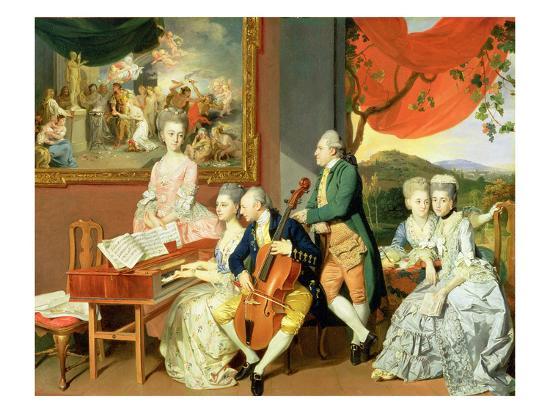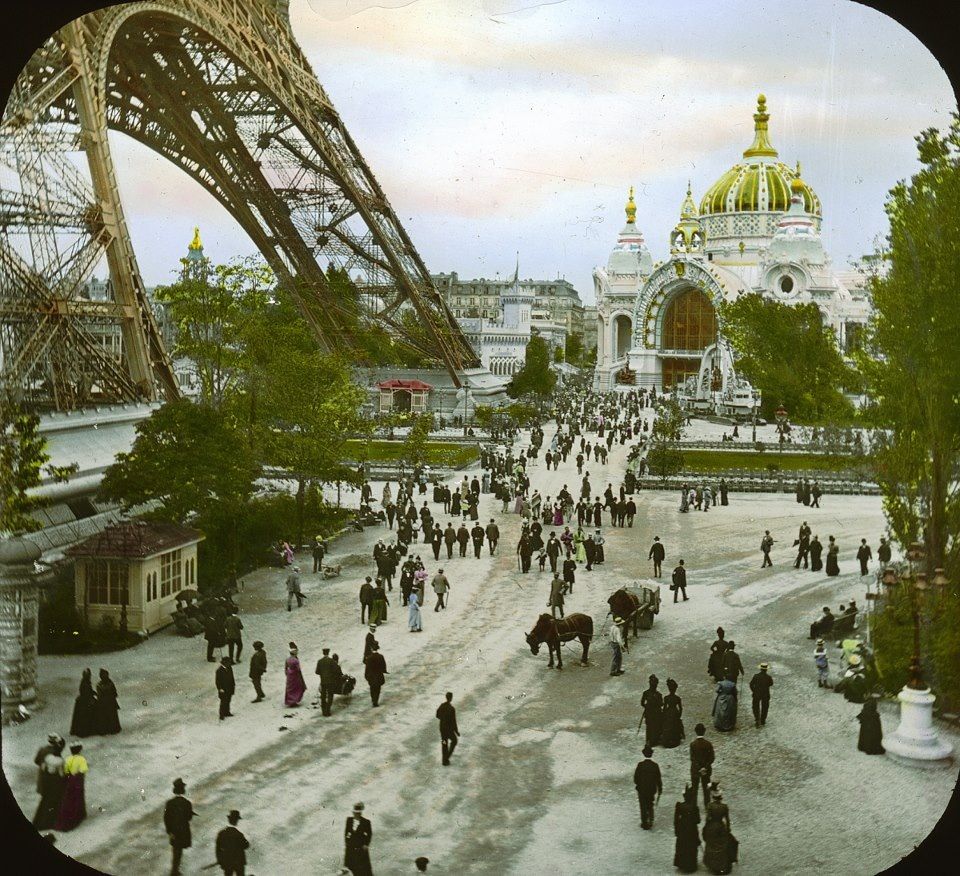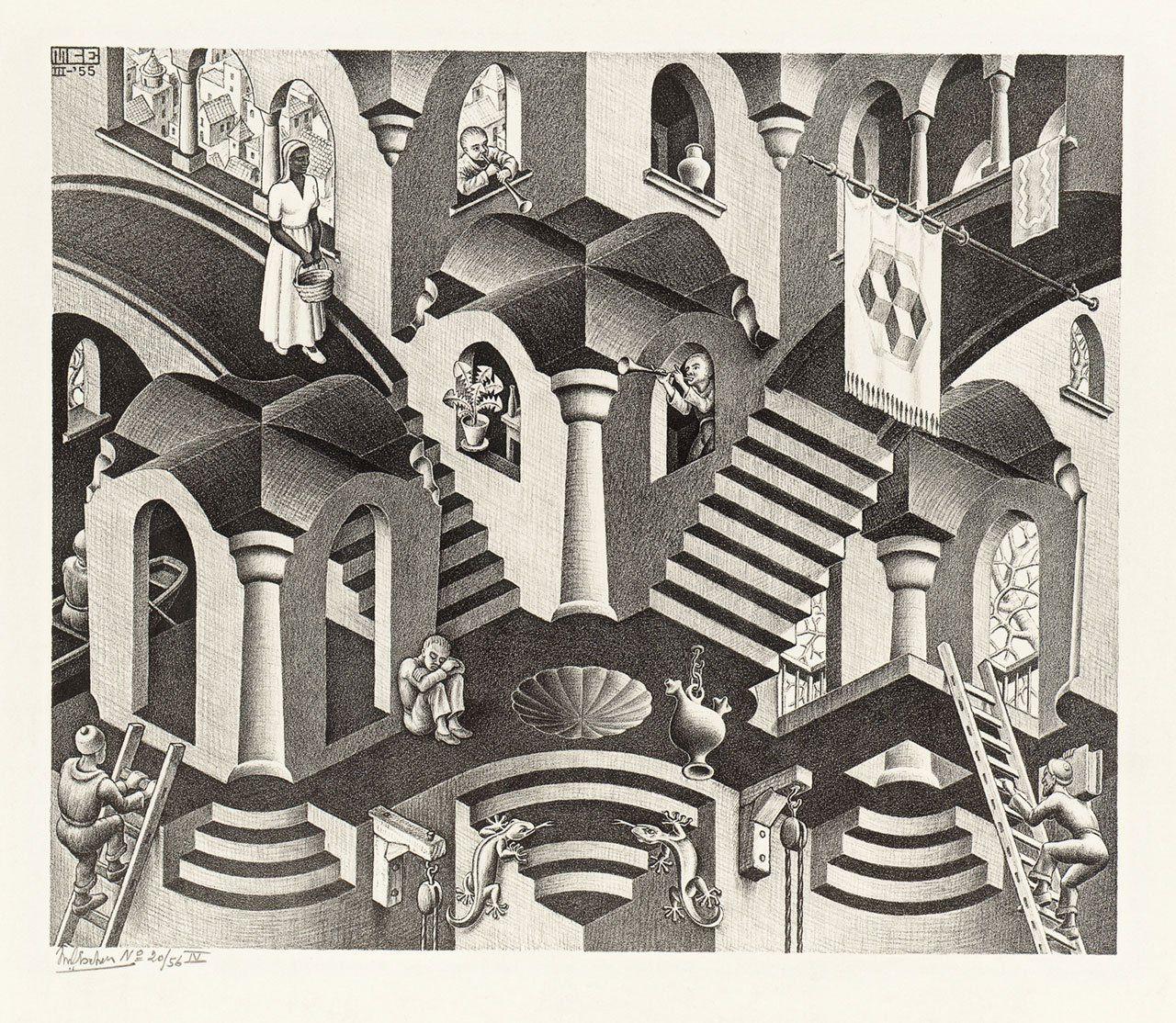CTS EN 2020-2021
There are no articles in this category. If subcategories display on this page, they may have articles.
Subcategories
CTS 1 EN 2020-2021
First semester 2020-2021
What the meaning and content of contextual studies is can be read in the horizontal menu (link).
In the first semester of year one the focus is on acquiring basic knowledge and basic terminology of music; placed in a historical framework.
We start in the 18th century, because within this century a big amount of key terms from music in a mjor-minor idiom can be discussed. It is also a century with a varied repertoire; we encounter composers from the Italian, German and French (late) baroque era (Vivaldi, Bach, Couperin), and composers from the classical era, including the Viennese Classic Composers (Haydn, Mozart, Beethoven). This means homophonic as well as contrapuntal music will be discussed.
 To illustrate principles (while listening), music from all times and places can be used.
To illustrate principles (while listening), music from all times and places can be used.
In the lesson we use knowledge domains as a source. The 4 most important are:
- Analysis (form means, form principles, structure and texture, form types sucha as sonata form, fugue, rondo etc.
- Harmony (tonality, harmonic functions, degrees, cadential formulas, modulation, voice leading, etc.
- Counterpoint (imitation, answer, dissonant treatment, fugue/fugato etc.
- History (Part Four, chapters 18-23, from AHWM)
CTS 2 EN 2020-2021
The first semester 2020-2021 
Our topic will be a very fascinating period of western musical and cultural history: the so called Fin de Siècle.
The years 1880-1920 are often connected with this period, although there are also clear relations with the earlier 19th century.
Other terms also connected with this period are: Jugendstil, Art Nouveau, Belle Époque, impressionism and symbolism.
The Fin de Siècle marks the end of the so called "long 19th century", a term used by historians for the period of the French Revolution (1789) until the beginning of the First World War.
Of course the Fin de Siècle didn't pop up from nowhere; therefore we'll discuss also the circumstances leading to it:
- late romanticism in central Europe (chapter 29 and 30 from AHWM)
- opera and music theatre in the late 19th century (chapter 28 from AHWM)
CTS 3 EN 2020-2021
The first semester 2020-2021
Our topic will be 20th century music from around 1914 until around 1950.
An important characeristic of this period is the existence of principally different styles and musical idioms.
The following DIVISION has been presented:
- (Continued) romanticism: with composers like Richard Strauss, Ralph Vaughan WIlliams, Jean Sibelius, Sergej Rachmaninoff etc.
- "Reactionary" movements directed at atonality: free as well as structured atonality (dodecaphony):
with composers like Arnold Schoenberg, Alban Berg, Anton Webern. Later continued with serial techniques - Rediscovered and revitalized modality, (often with very refined harmonic colour effects as a result of the use of chromaticism and enharmonicism):
with composers like Gabriel Fauré, Maurice Ravel and Claude Debussy. - A variety of "neo" styles: approaches that stick to a tonal orientation, but also work with "echoes" from the past:
with composers like Paul Hindemith, Igor Stravinsky, Arthur Honegger. - "Personal" styles: composers who can belong to the previous categories, but with a personal identifying "fingerprint":
with composers like Béla Bartók, Claude Debussy, Olivier Messiaen, Igor Stravinsky, Maurice Ravel.
With regard to aspects of harmony and counterpoint, we will discuss topics like:
- chromaticism
- enharmonicism, both with an open eye for underlying goals, such as
"concentric", connected with a background framework of major-minor tonality.
"excentric", aiming at fading and blurring of tonality - modality, paying attention to special colour effects as a result of the introduction of modal elements in a major-minor context
- atonality, paying attention to a new view on dissonance/consonance, the emerging of new chord types, and the twelve tone row as a background framework for musical choices by the composer
For the historical perspective we will use the chapters 31-38 from A History of Western Music (Part Six) 9th edition. We will use chapter 30 as a stepping stone towards Part Six.
In case of clear references to the past we will also revert to earlier chapters. This will be mainly the case with so called "neo"-styles.



